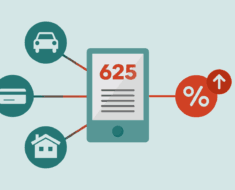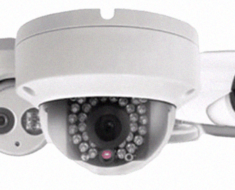
Which Car
A Revs History Report can provide important information about a used car, including whether it has been in any accidents, has any outstanding recalls, or has been reported as stolen. Getting a Revs Check NSW is always a good decision to help you get the best deal.
A revs report is like a medical report for a car. It includes information about the car’s identity, previous owners, service and repair history, and any accidents or other damage. A revs report is important because it can help you make an informed decision about a used car. It can also help you negotiate a fair price for the car.
A revs report is divided into sections, each of which contains important information about the car. Let’s get started on how to interpret a revs history report.
1. Identification Information
A Revs History Report, also referred to as a car history report, is a document that provides detailed information about a particular vehicle’s past. Potential car buyers can use the report to make informed decisions about a used car.
This section includes the car’s make, model, year, body type, and engine size. It also includes the car’s Vehicle Identification Number (VIN). The VIN is a 17-digit number that is unique to each car.
A typical revs report will include the following information and more:
- Registration History: This section lists all the states in which the car has been registered, as well as the registration dates.
- Service History: This section lists any major services or repairs that have been performed on the car
- Recall History: This section lists any safety recalls issued for the car.
2. Previous Owners
This section lists the names and addresses of the car’s previous owners. It also indicates how many owners there have been and how long each owner had the car.
3. Service and Repair History
A revs report can also be a valuable resource for information on the car’s service and repair history. This can include information on when routine maintenance was last performed and any major repairs that have been made.
This section lists the dates and types of services and repairs performed on the car. It also includes information about the warranty, if one was provided.
4. Accidents and Other Damage
One of the most important pieces of information a revs report can provide is a record of any accidents the car has been involved in. This can include information on whether the airbags deployed, as well as the severity of the damage.
This section lists any accidents or other damage to the car. It includes the date and location of the incident and a description of the damage.
5. Odometer Reading
This section lists the car’s odometer reading at the time of the report. This is important because it can give you an idea of how much the car has been driven.
7. Loan and Ownership History
A revs report can also provide information on the car’s loan and ownership history. This can help identify any potential problems with the title or registration.
How to Get a Revs History Report
You can get a revs report from several sources, including the car dealer, the car’s previous owner, or online service. If you are buying a car from a dealer, they should provide you with a revs report at no charge. If they do not, you should ask for one.
If you are buying a car from a private owner, they may or may not have a revs report. If they do have one, they should be willing to provide it to you. If they do not have a revs report, you can purchase one yourself.
Several online services sell revs reports. These services will generally charge a fee, but the cost is usually less than $50. When you are considering purchasing a revs report, be sure to check the reviews of the service you are considering. Several scam services sell fake or inaccurate reports.
Therefore, a Revs History Report can be a valuable tool when considering purchasing a used car. It can provide important information about the car’s past, which can help you make a more informed decision.









































